All beginners have to start somewhere…
And we’re here to help!
When you are just starting out with the practice of yoga, the vast number of postures that you can do can certainly be overwhelming. While you may want to jump right into the deep end with the more challenging postures, this is never really recommended as the best approach. But being a beginner doesn’t have to be a slow and frustrating process. Mastering the foundational postures of every practice is a must. Once you’ve learned the most important yoga asanas, you will gain the skills needed for a great yoga practice!
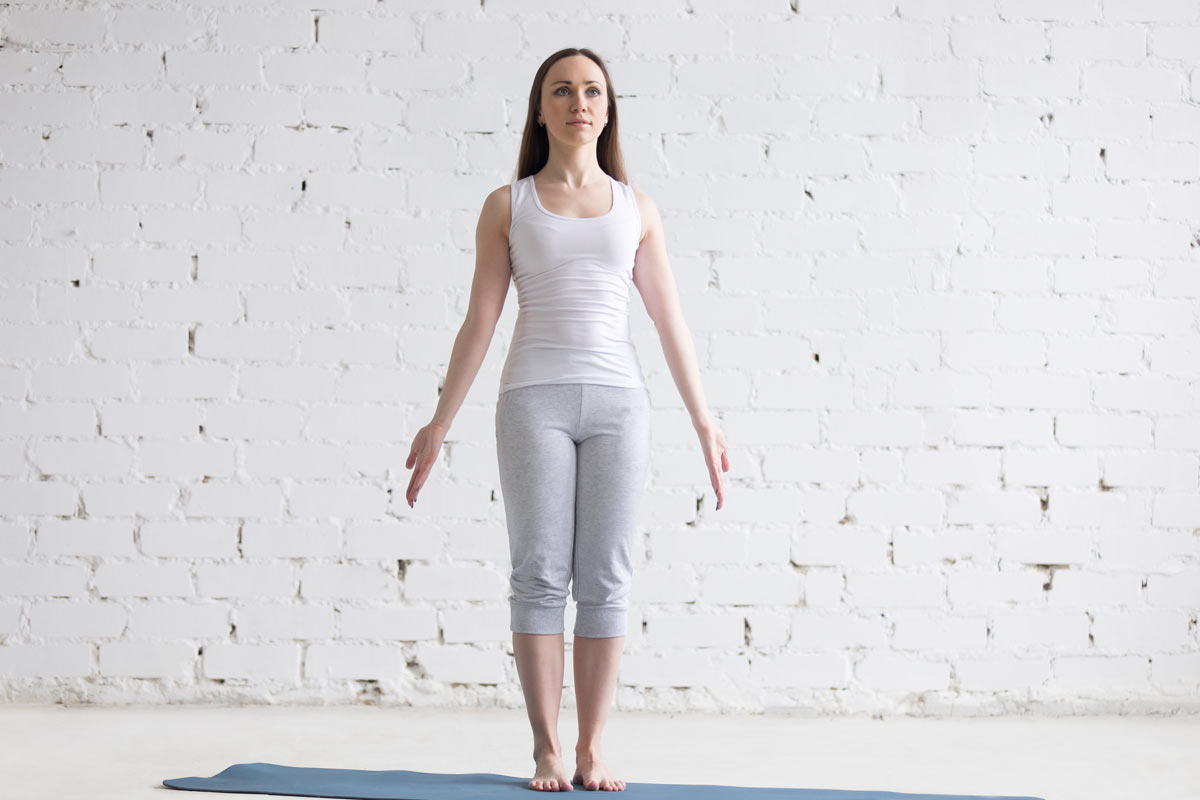
- Mountain Pose
This pose is the base for every standing pose. Even the ones done on one leg. Mountain pose is not just simply standing up straight. There is energy in parts of the body that are usually lax, like the crown of the head, finger tips, knees, and balls of the feet. You always work your way into Mountain Pose by starting from the feet and going up the body. Go through Mountain Pose like a checklist:
- Feet together
- Ten toes spreading, pressing into the mat
- Lifted kneecaps
- Engaged quadriceps and inner thighs
- Abdominals engaged
- Shoulder blades down and back
- Chest open
- Crown of the head lifted
- Breathe deeply
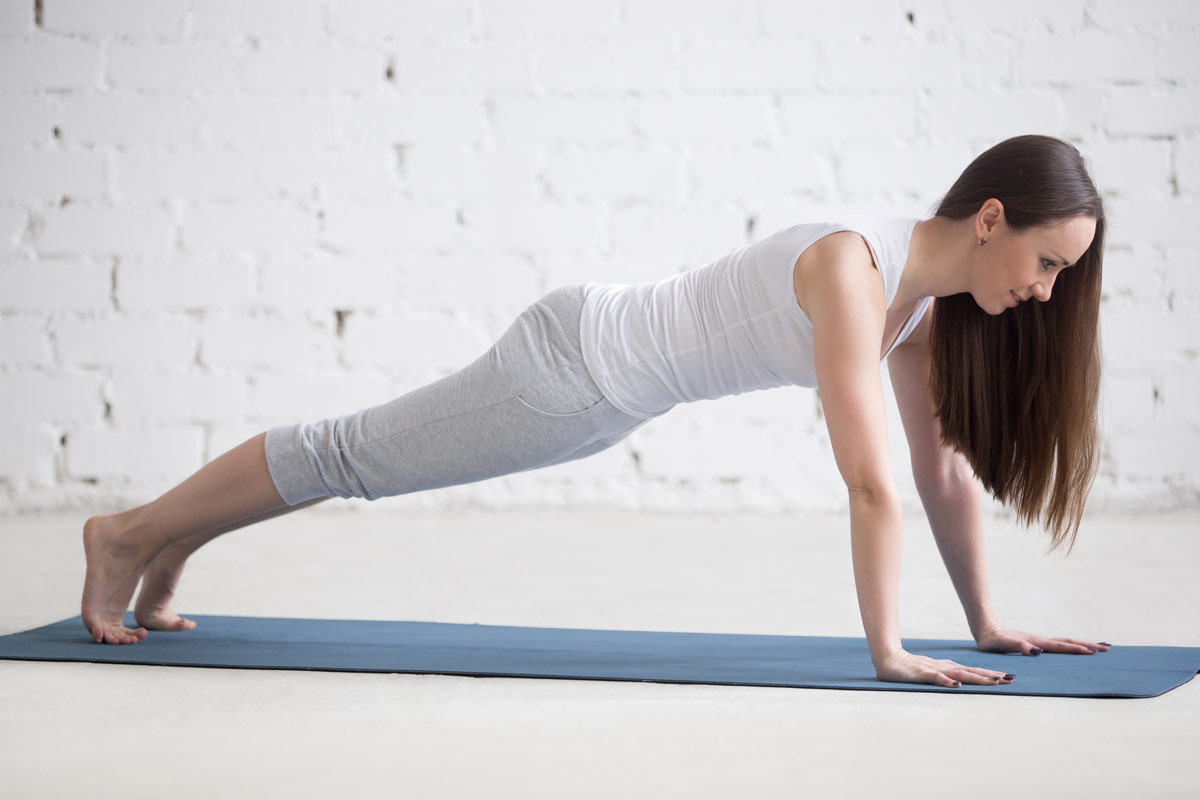
- Plank Pose
This pose is fundamental for strengthening the body and teaching beginners how to challenge the core. To get into plank pose, start from all fours. Extend the legs back, tucking the toes. Think about becoming a straight line from the crown of your head to the heels. Use the lower abdominals to create stability in the core as you draw the shoulders away from the ears. Pull the ribs together while breathing deeply for 8-10 breaths.
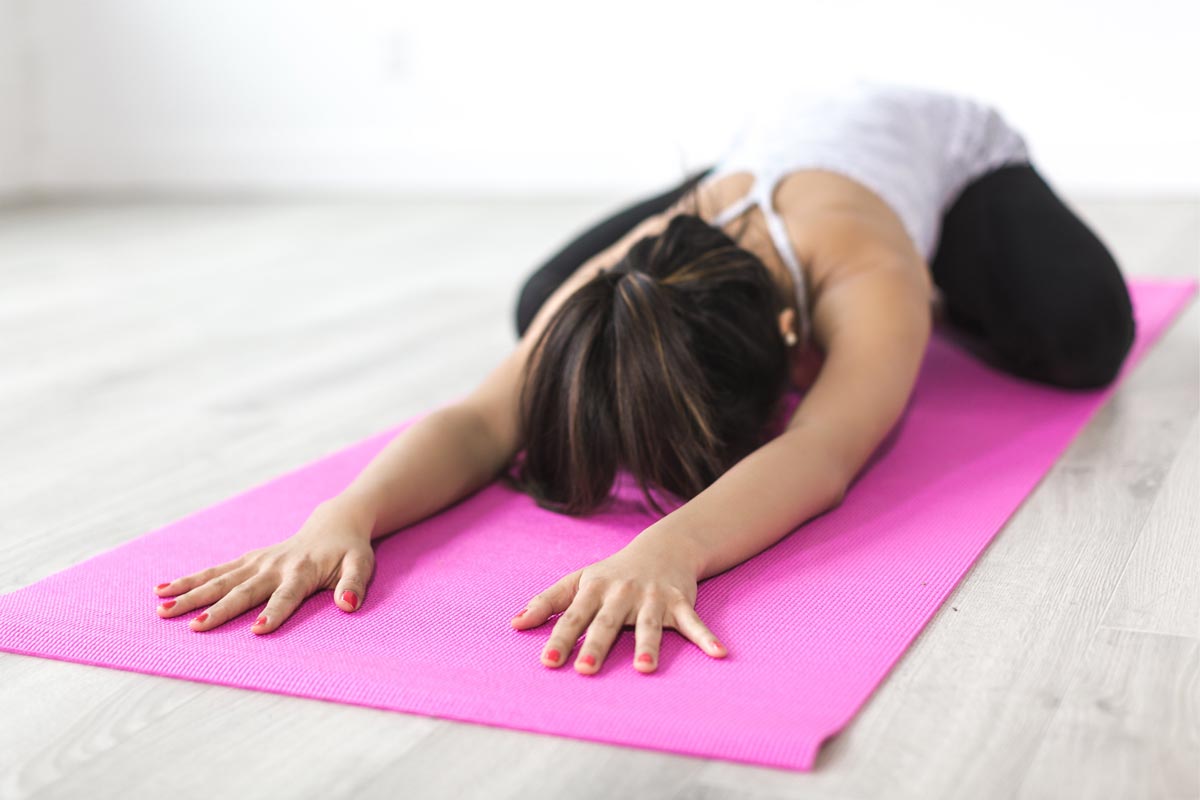
- Child’s Pose
For when you need to rest. Child’s Pose is a great pose for beginners because it teaches the meaning of release. Learn to use how to add Child’s Pose into flows, like before Downward Dog or after a flow. To do Child’s Pose, bring yourself to all fours and then shift the hips back over the heels. Stretch the arms forward. Lower the forehead to the floor, or if needed, on a block or blanket. Breathe out, letting the entire body release.
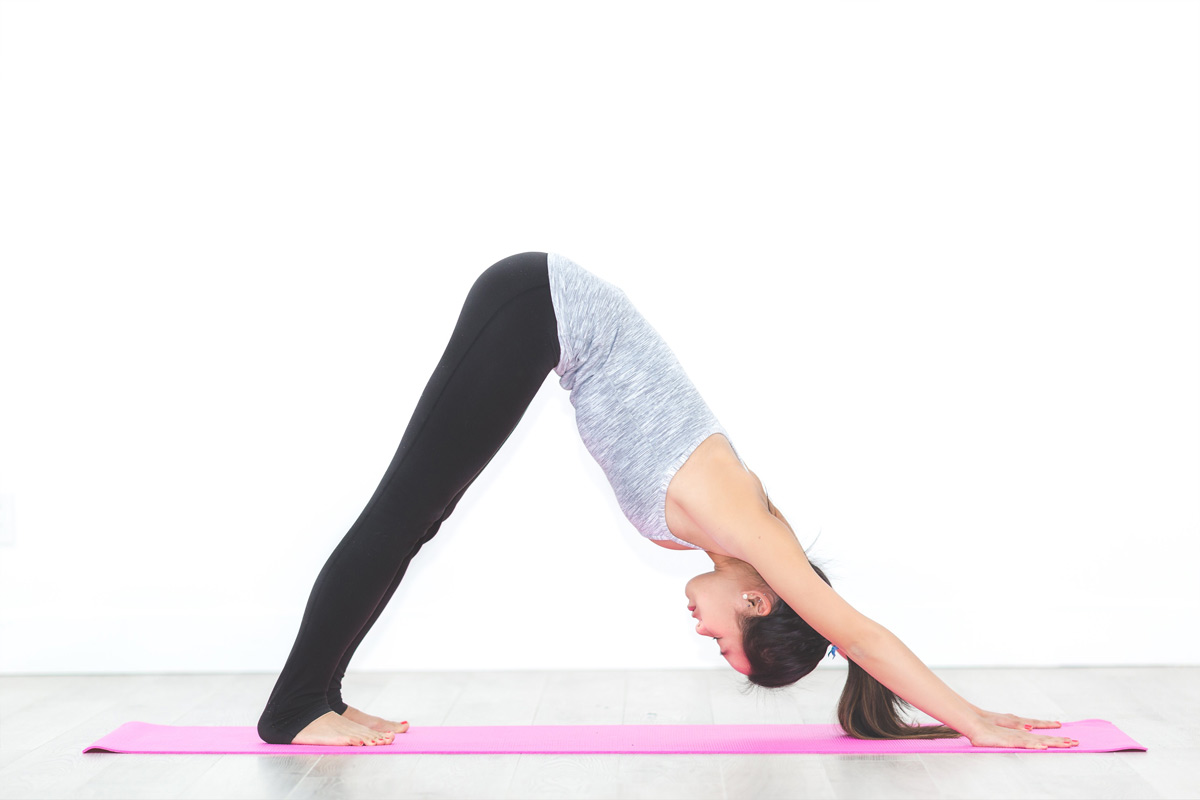
- Downward Dog Pose
Since this pose is used in most practices and disciplines, learning it is a must. Every teacher will have their own unique cues, but the foundation of the pose remains the same. The spine must be long, the heels are stretching towards the floor, and the neck is not tense. As you breath in Downward Dog, think about using the core to help lift your tailbone to extend the spine. This will also create space in the hips.
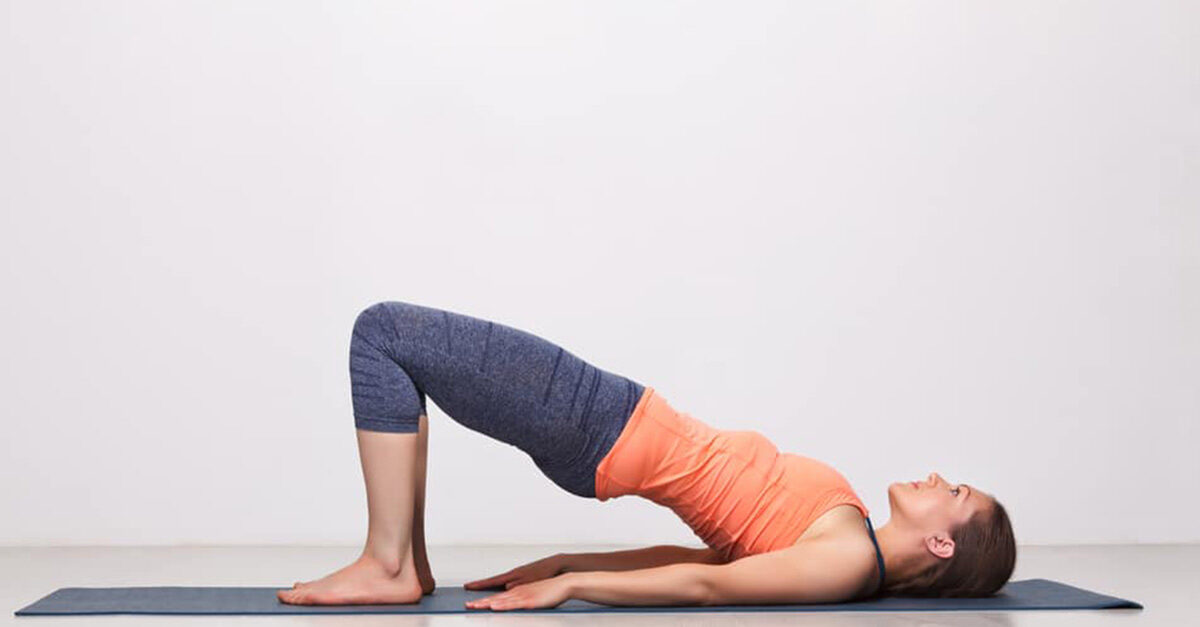
- Bridge Pose
There’s a reason to love this pose: it stretches the front and back body simultaneously. To do Bridge, lie on your back. Place the feet about hip distance apart, in line with the sits bones. Press the heels of the feet firmly into the mat. Roll through the spine, lifting the tailbone first then working up to the cervical spine to engage the body appropriately. Bring your arms under your back, interlace the fingers together, then roll the shoulders back to open your chest. Do not let the knees open too far apart from one another.
“Yoga is a dance between control and surrender – between pushing and letting go – and when to push and when to let go becomes part of the creative process, part of the open-ended exploration of your being.” ~ Joel Kramer
Don’t skimp on the basics…
Though these poses may seem simple, they are the foundation to a solid yoga practice. By mastering the basics you can further progress into asana that require more coordination and balance. This is where your yoga journey begins!
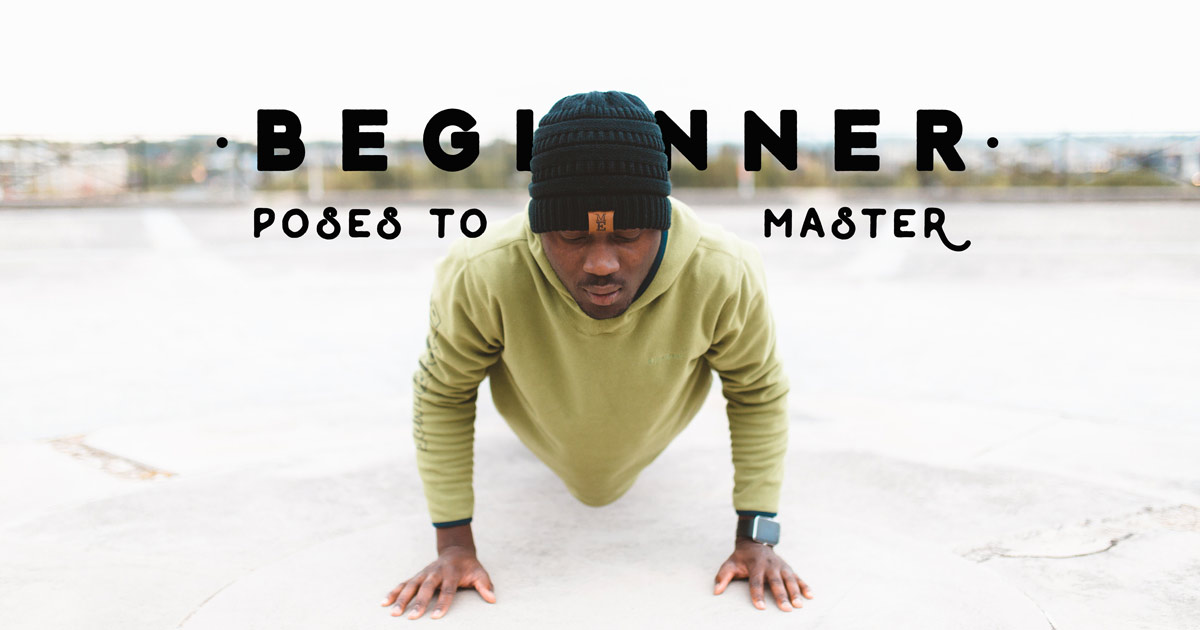
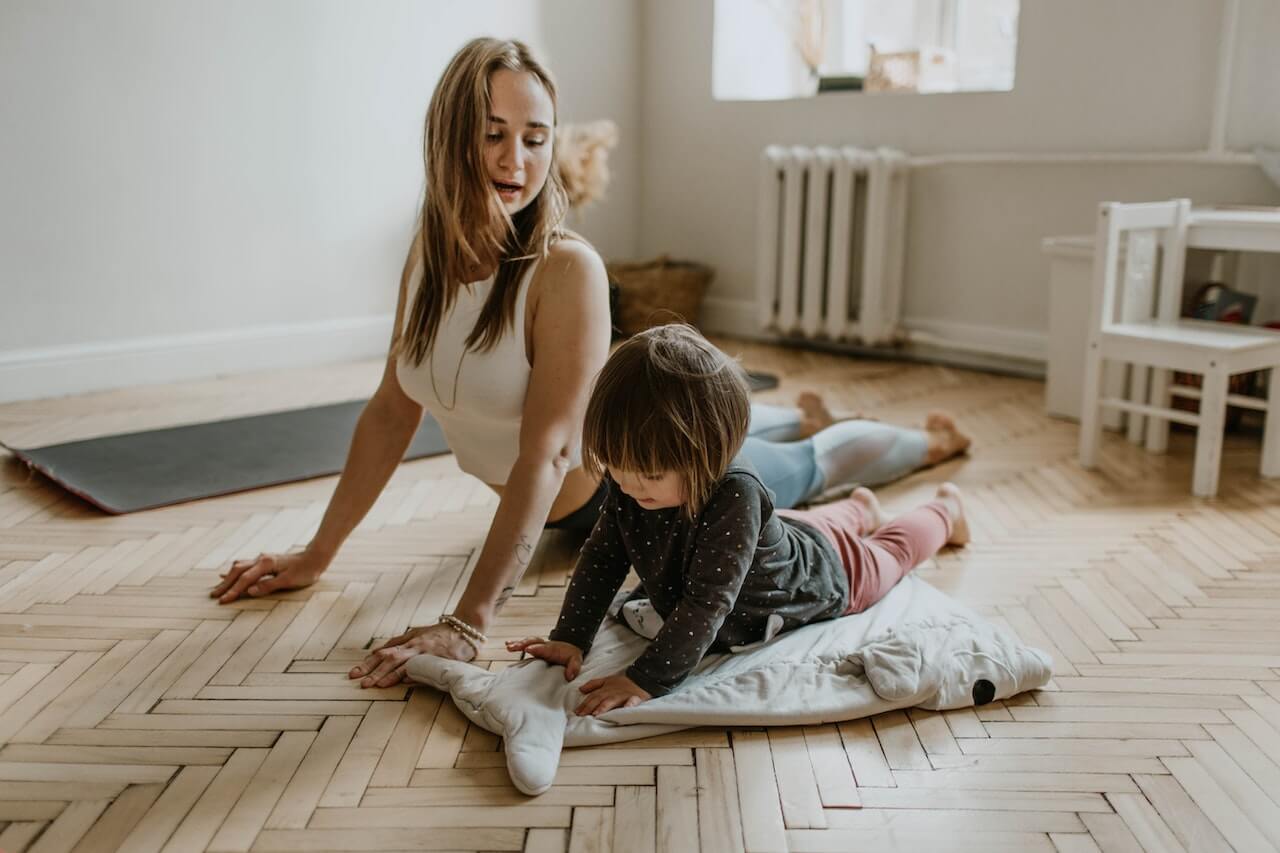



Leave A Comment